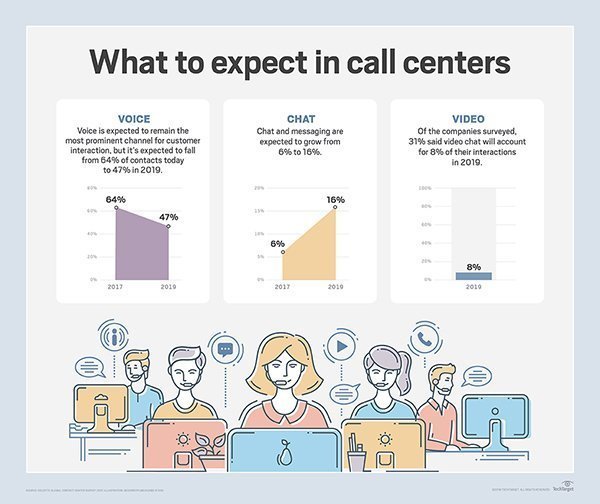Call Center English Speaking Training Pdf

15 Tips for Training Call Center Agents. Money and effort into the development of training programs so that their call center agents will be well prepared to. Lets Talk- Spoken English, English Speaking, Personality Development, Presentation Skills And Corporate Training in Mumbai, Bombay. If you are looking for a job. Call Centre Essential Skills Training Page 5 Call Centre Occupations A person who works in a call center is called a Customer. You are speaking to a call.
13 days call center training module • 1. 13 DAYS ofCALL CENTRE TRAINING GUIDE MODULESWithin the Customer Service Representative Working Environment.Focusing onCSR TrainingJbm(For classroom training purposes only.
Not for Sale. Usb Joystick Driver Vl807 Download there. Kasparov Chess Program on this page. ) jbm1 • DAILY TRAINING REQUIRED ELEMENTS TASK FOR THE DAY THE OBJECTIVES PREPARE TO SPEAK LEARNING GRAMMAR FUNCTIONS APPLY THE RULES/SKILLS ASSESSMENT jbm2 • Day 1Making Introductions and GreetingsOBJECTIVES 1. To introduce oneself and others using formal or informal expressions 2.
To carry on a conversation from beginning to end using appropriate expressions 3. To introduce the correct vowel and consonant sounds in English speech using the vowel triangle-------------------------------------------------------------------------------------------------------------------------------PREPARE TO SPEAK A. Introductions - It is your orientation day as a newly-hired CSR. /the trainer instructed you to introduce yourselves to each other for the first 1 hour.
The trainer divided you into groups. How would you introduce yourselves to each other? - Now that you know each other, your task is to introduce your new acquaintance to members of the other group - How are you going to do it? - How do you keep the conversation going? - How do you end it? Dialogue: Introducing oneself/someone Here pay attention to the speaker’s natural way of communicating with each other JIM: Excuse me, is anybody sitting here?
SHIELA: I don’t think so. JIM: Thank you. By the way, I’m Jim. I’m a CSR and I belong to Industrial Maintenance Account. Jbm3 • SHIELA: I’m Sheila from the same account. Pleased to meet you. JIM: Pleased to meet you, too.
SHIELA: Oh, that’s my friend. Lucy over here! LUCY: Hi Sheila. SHIELA: I’m fine.
Thank you, and you? LUCY: I’m fin too. SHIELA: Why don’t you sit here and meet a new friend. Lucy, this is Jim. We all belong to the same account. I just hope we’ll all be in the same unit.
JIM & LUCY: Let’s keep our fingers crossed. SHIELA: Umm, the trainer is here. We better keep quiet now.COMMUNICATIVE FUNCTIONSAnalysis: Recall your own dialogue in the introductions and the sample dialogue above. Identifyfamiliar expressions you used and the ones used in this text. When are the expressions used?How are they used?
Expressions Used Function/sNow look at the following expressionsIntroducing of oneself A. FORMAL - Allow me to introduce myself. My name’s___________________________________ - I’m (+ information) - May I introduce myself?
My name’s _______________________________________ - I’m(+ information) B. INFORMAL - Hello.
I’m ____________________________________________________________ - Hello. My name’s ______________________________________________________ jbm4 • Note: When introducing yourself to someone, you often need to give not only your name, butalso other relevant details about yourself or the situation you presently are having. The same istrue when introducing someone to others.Introducing othersEXPRESSIONS ADDITIONAL INFORMATIONA. Formal a colleague of mine.Hi. I’d like you to meet. Our sales manager.Good morning.
May I introduce my old time friend.I’d like to introduceEXPRESSIONS ADDITIONAL INFORMATIONB. Informal Can I introduce he’s here for the week. This is my counterpart. I want you to meet from the IMI division.GREETING POSSIBLE REPLY TO THE GREETINGA.
Formal How do you do? How do you do? I’m fine/I’m doing well. How do you do? I’m very pleased/delighted to meet you.B. Informal Hello.